Is there a spot in your house that needs a door, but a swinging door takes up too much room?
It’s happened to a lot of us. There are just certain spaces in a home where you need a door, but a swinging door takes up too much floor space and prevents you from being able to maneuver easily. Sometimes swinging doors in tight spaces make it hard to maximize the space in terms of furniture and light fixtures. If you live in an older home this is especially common but even new builds have this problem.
Luckily there are two different solutions: barn doors and pocket doors. Both of these doors slide instead of swing, so they maximize floor space. But you might be torn between them...and we get why! They’re different from each other in some pretty significant ways. Today we’re breaking down the pros and cons of barn doors and pocket doors, so you can decide which one is right for you.
What's a barn door?

A barn door has a track mounted to the wall (or in certain situations the ceiling) and the door slides along the sliding hardware track. It’s always visible whether it’s open or closed.
What's a pocket door?

A pocket door slides into an opening in the wall itself. It also slides on a hardware track, but the track is inside of the wall. When it’s open, a pocket door is either all or mostly concealed within the wall.
Pocket Door Pros:
They offer maximum space efficiency
A pocket door slides into a cavity in the wall, so it offers the most floor space possible of any door type. It’s compact and unobtrusive. Pocket doors also have a seal around three sides of the door (there’s a little bit of space at the bottom by the floor to make room for the track) so they provide more privacy than sliding barn doors.
They have a historic look
Pocket doors were common in Victorian homes, so they work well in spaces with more of a vintage, traditional, or classic style. You can also find contemporary and modern versions, too.
They can be made ADA compliant. With the right hardware, pocket doors can be easier for people with mobility and dexterity issues to maneuver compared to traditional swinging doors.
Pocket Door Cons:
Installing them can be difficult
If you’ve already got a cavity in the wall, it’s easier. But the real headache comes from having to retrofit an existing door opening for a pocket door. Sometimes the wall isn’t thick enough and if it’s a load bearing wall, it just might not be possible. Installation can be expensive.
Maintaining them is harder
Because the track is concealed, it’s harder to fix any issues with the track because you can’t see it. If the track is worn out, sometimes pocket doors can get stuck.
Now we’ve covered pocket doors. Let’s move on to barn doors.
Barn Door Pros:
Barn doors are a moving art piece
They slide against the wall, and unlike pocket doors, they’re always exposed. This gives you an opportunity to select a particularly beautiful barn door and have it function like a piece of art. And in a room without architectural interest, the barn door acts as a focal point and anchor.
Barn doors are easy to install and maintain
Because the track is exposed, it’s easier to fix any issues with the track compared to pocket doors. And because the track goes on the wall or the ceiling, and not inside the wall, a barn door is much simpler to install and typically less expensive.
They’re easy to operate
Because barn doors can’t get stuck inside the wall and you can install more traditional handles that stick out, barn doors can be a good choice for those with mobility or dexterity issues. In fact, if you get high quality hardware, some barn doors can be pushed along with very little effort at all.
Barn Door cons:
Aesthetic reasons
Not everyone likes the look of the exposed track. Interior barn doors are a recent innovation and it takes some design sense to select a track and door that looks good in more traditional or classic homes. You have to allow the barn door to become the room's focal point.
They don’t seal
Barn doors don’t seal because there has to be a little space between the door and the wall to operate them. It’s easy for sound to travel through that space. So they’re not ideal for applications where you want privacy, like a downstairs bathroom, for instance.
Those are the basic upsides and downsides of each type. For your home, you may choose to get barn doors, pocket doors, or both! If there’s a swinging door that’s taking up too much floor space, pocket doors and barn doors offer a solution. And here are some ways to troubleshoot some of the ‘cons’ we mentioned:
- Get good quality hardware. Many of the problems with barn doors and pocket doors come from cheap tracks and hardware. If you buy high quality hardware to begin with, it reduces the chance you’ll face problems later.
- Choose a solid door. Solid doors are more durable and just look and feel better.
- Consult with an expert before purchasing. Talk to a contractor, or call us, so that we can advise you as to which kind of door is suitable for your project.


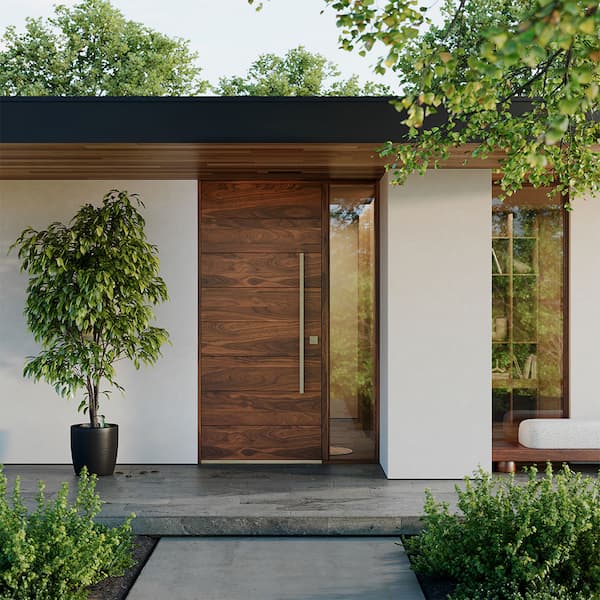

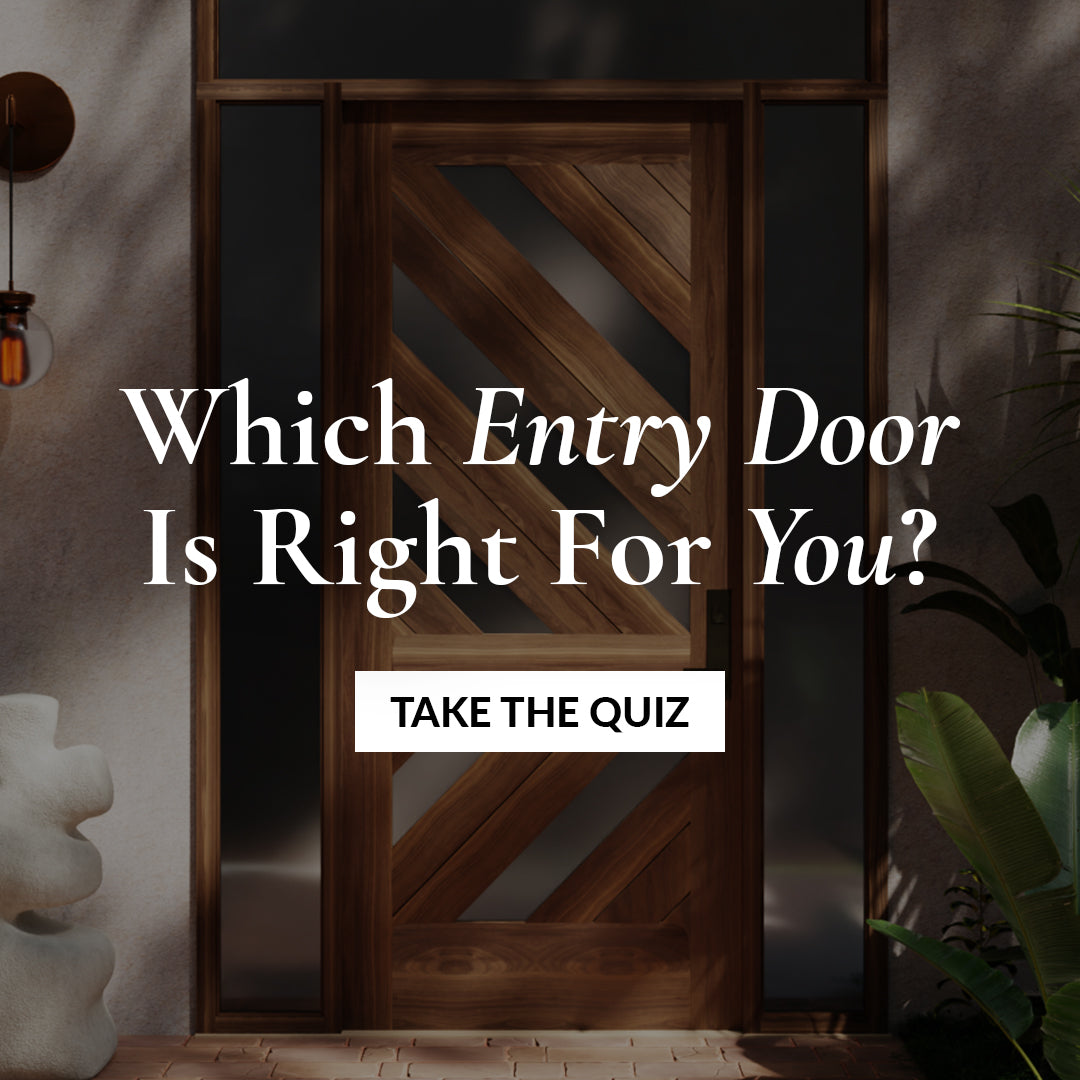
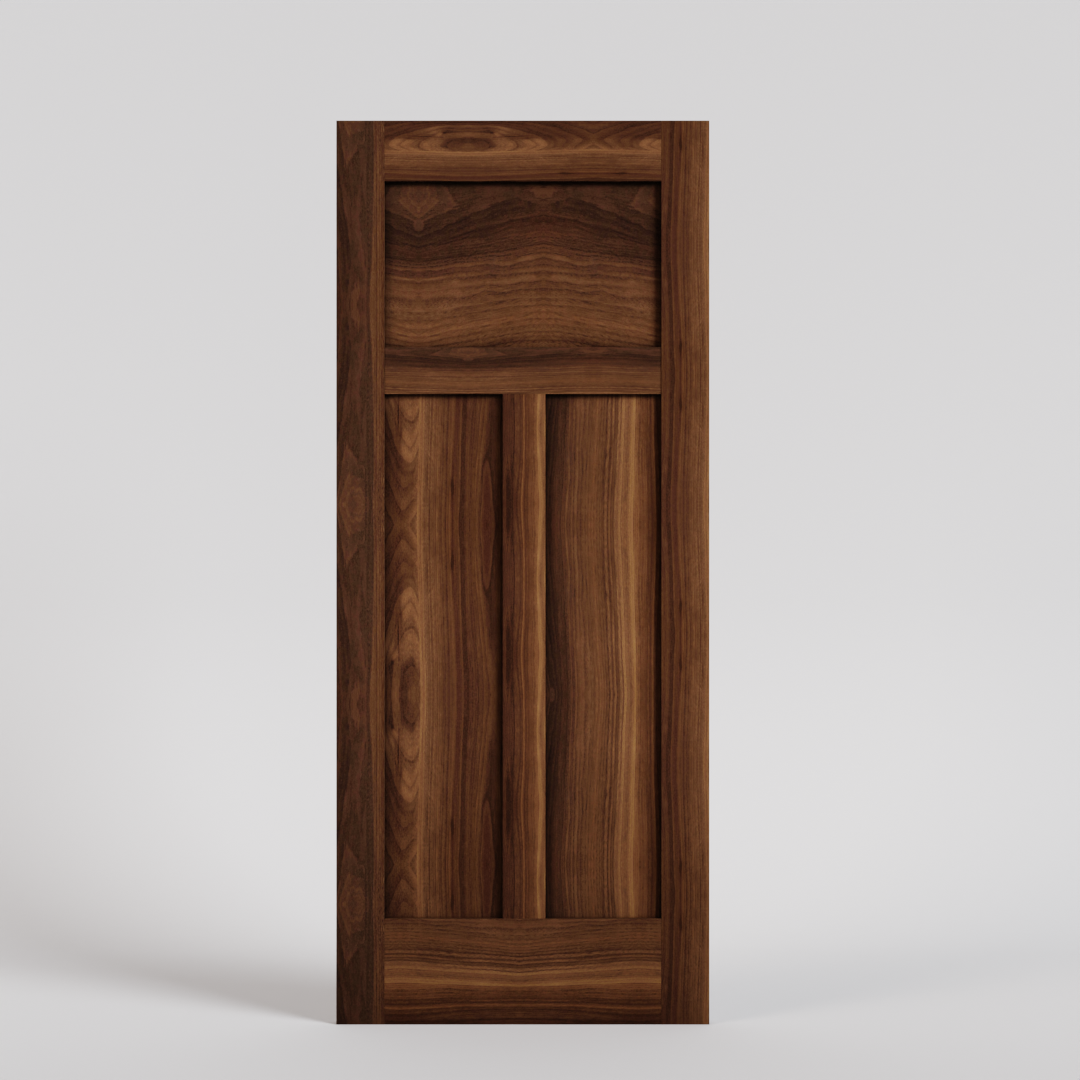
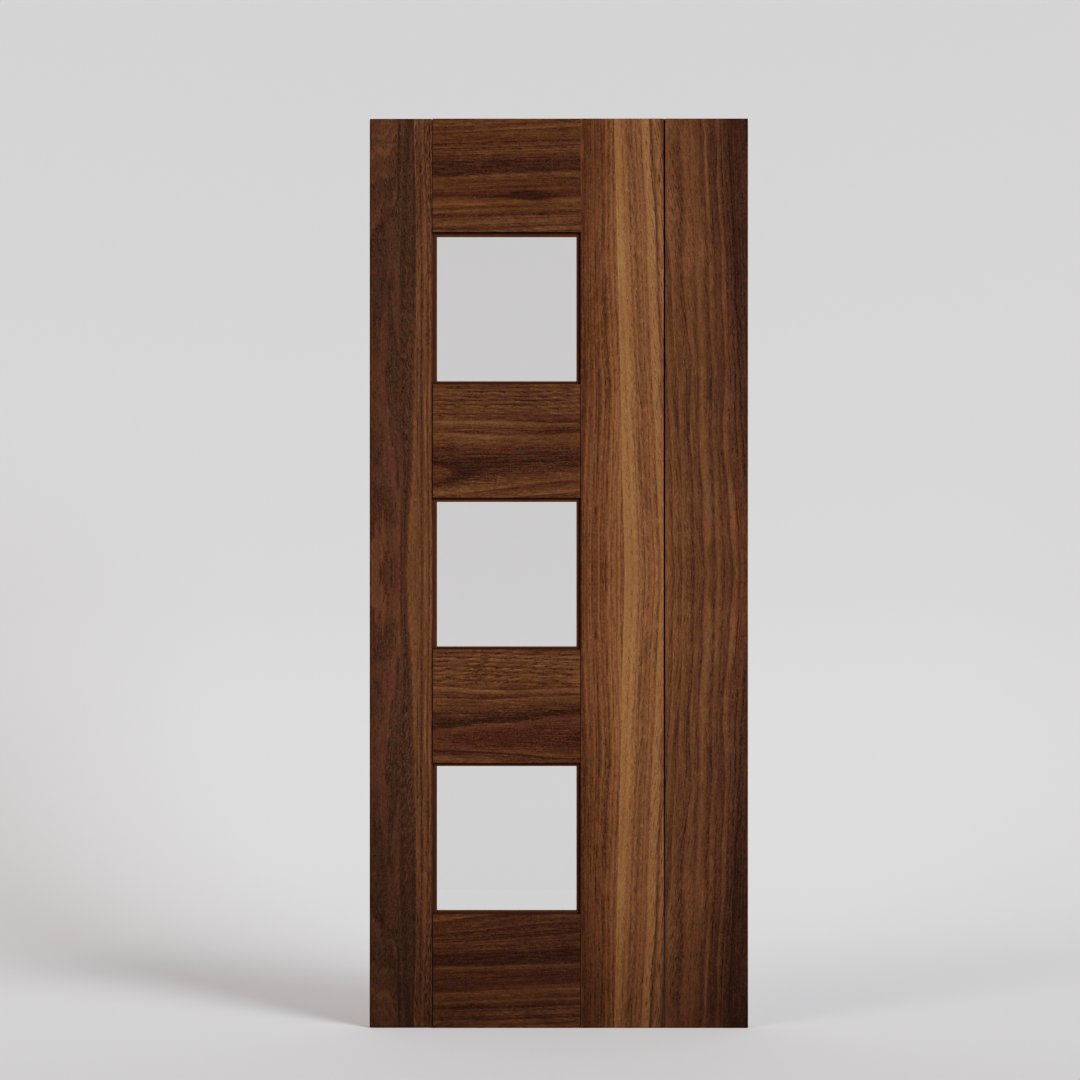
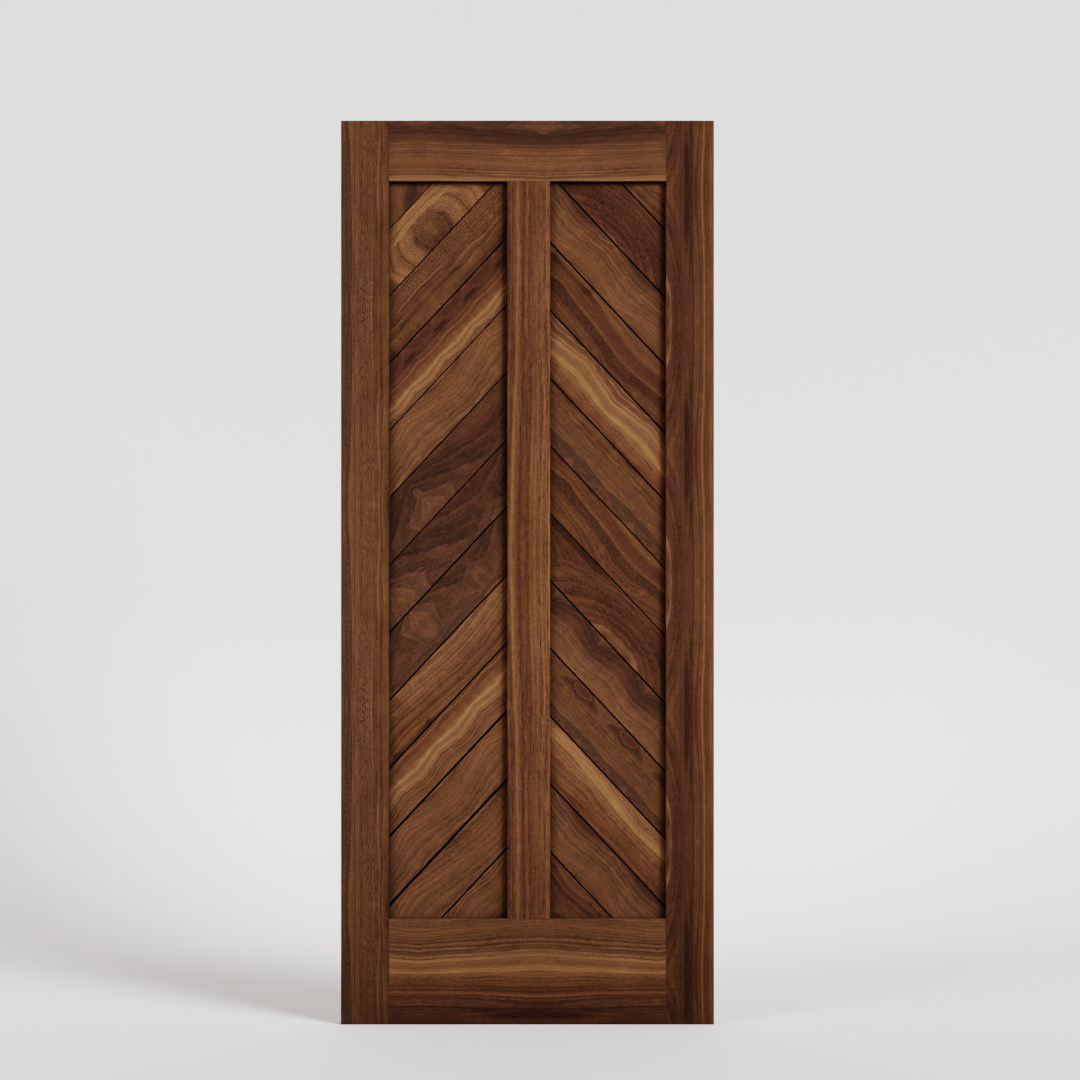

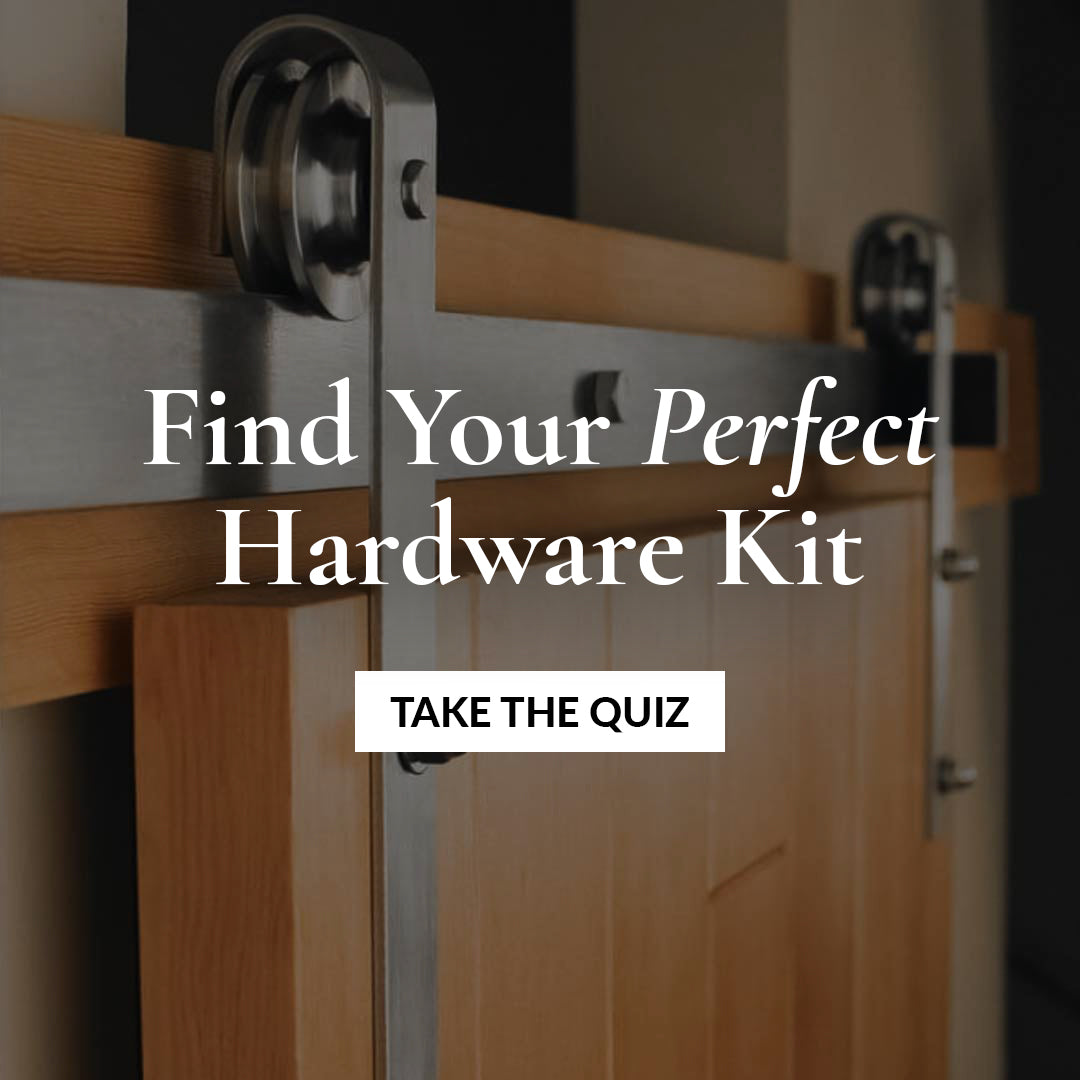
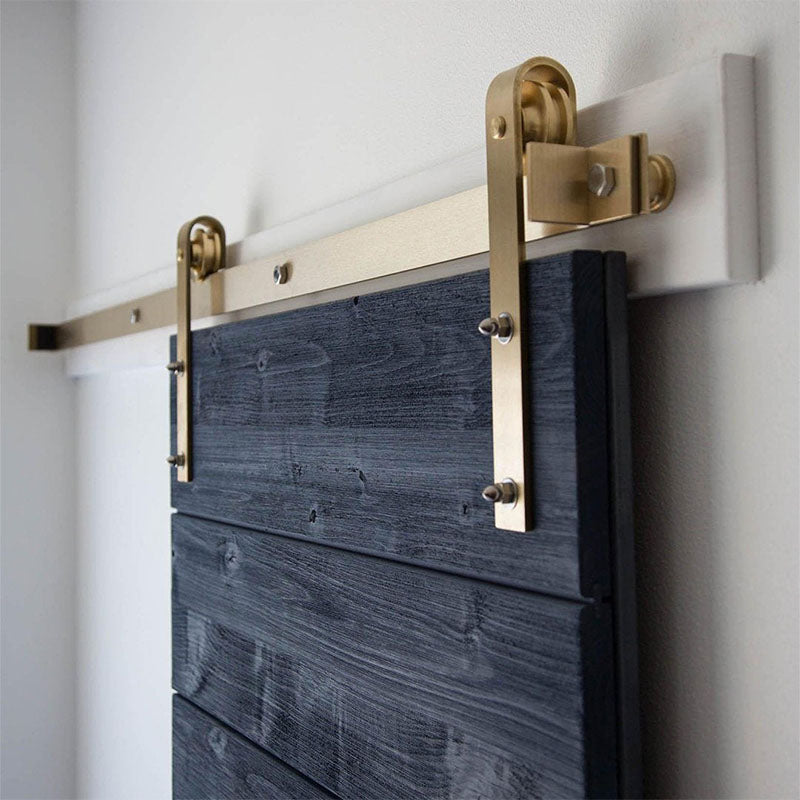
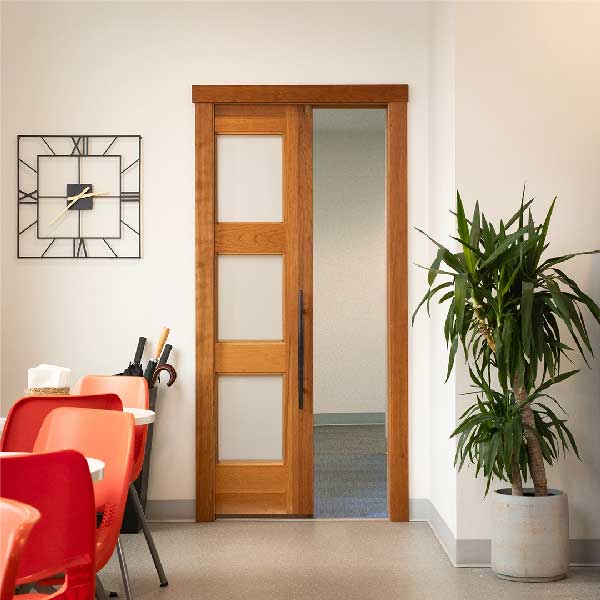

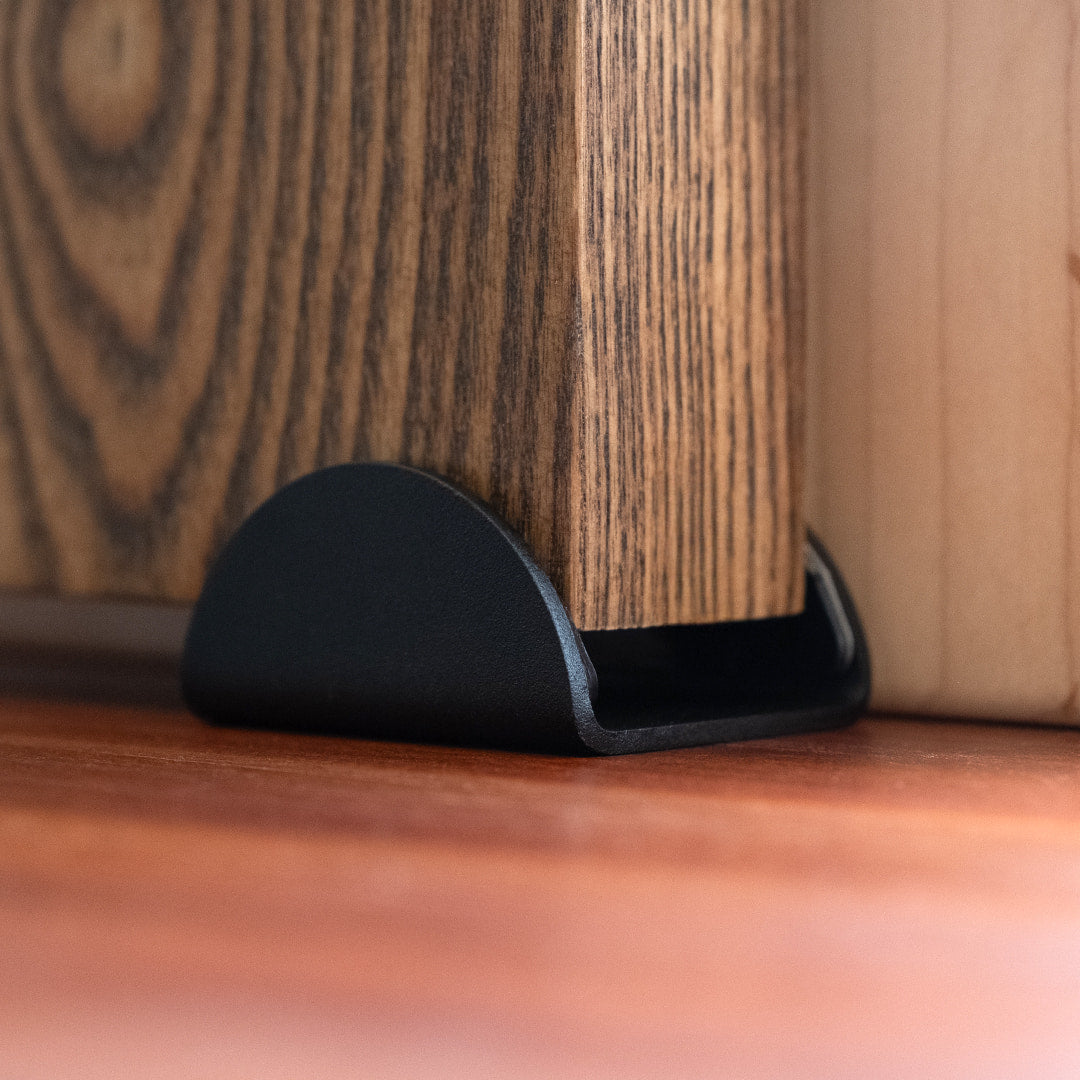
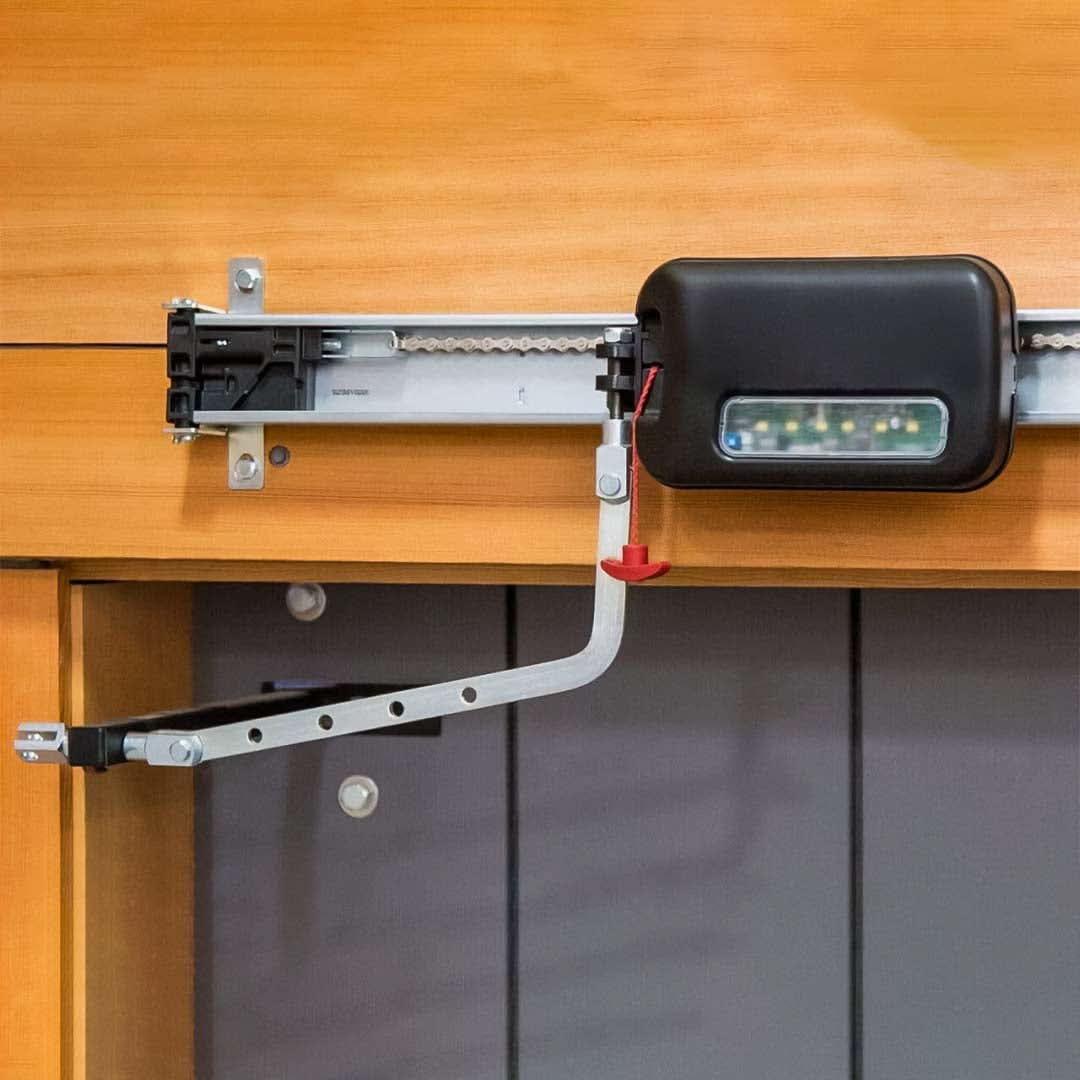






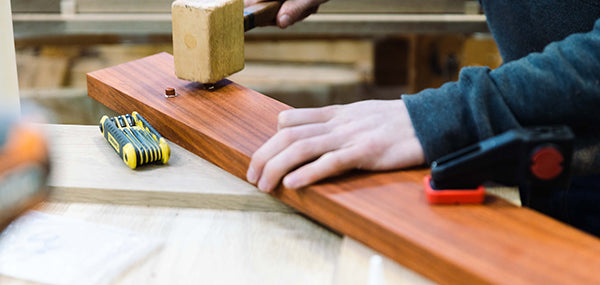




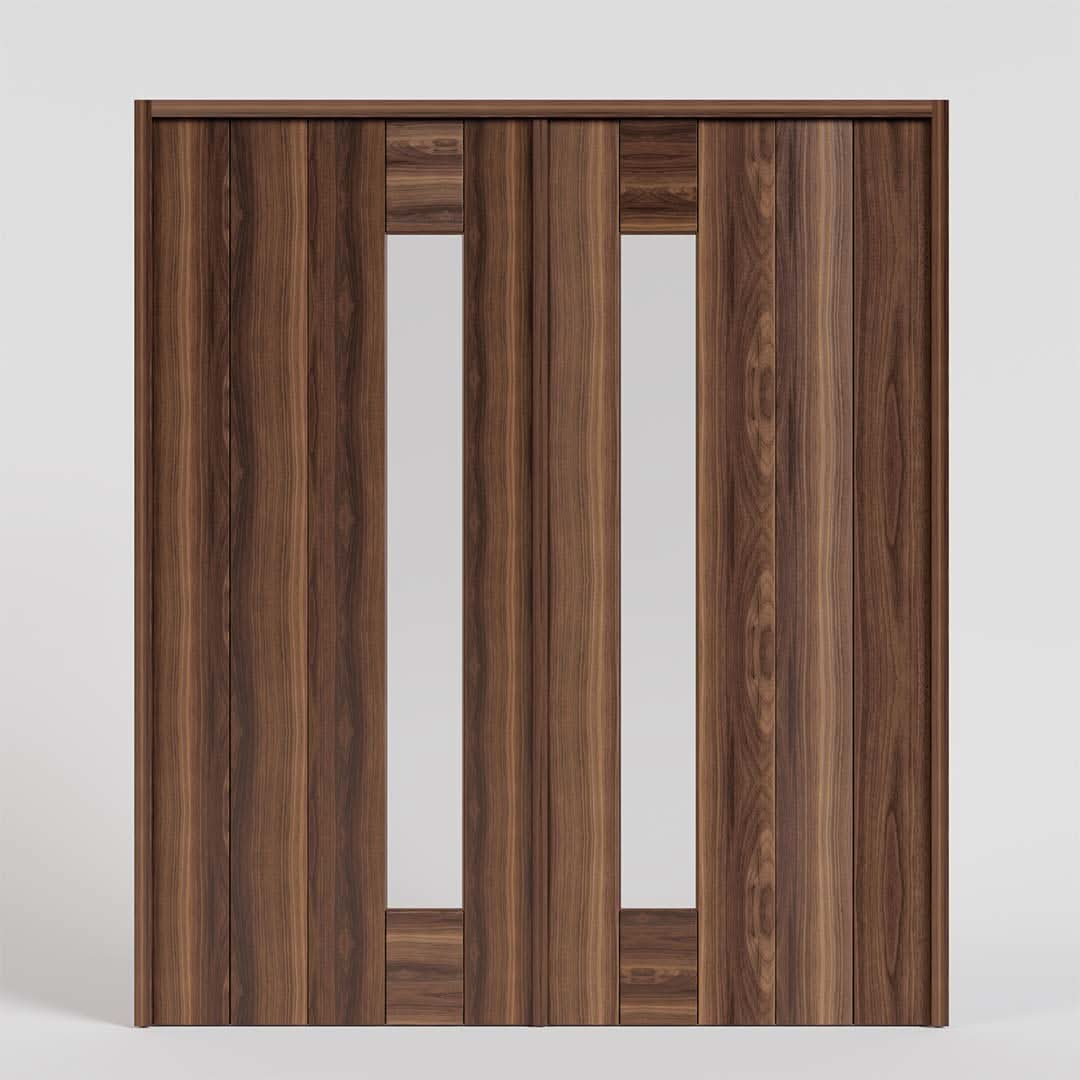
Dianna Grimes
October 21, 2025
Are sliding barn doors safe for cats? Will they keep cats contained or can a cat slip out when the sliding barn door is closed? I’ll be living in a tiny home and I need to know something that is one. Cost efficient. Two. Space saving. But the most important of all even though it’s last on the list is feline containment.